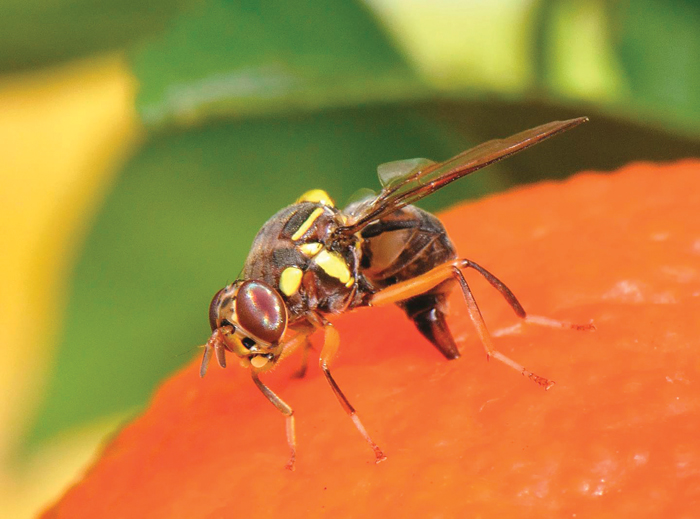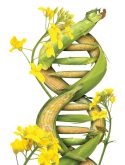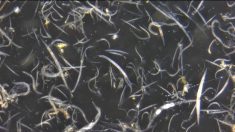An invasive toxic weed which recently made headlines in Ontario has not shown up in Manitoba – at least, not yet. An informal Manitoba Agriculture, Food and Rural Initiatives survey has found no sign of giant hogweed, a plant which can damage human skin.
But MAFRI will continue to keep a watchful eye out for it, said Nasir Shaikh, MAFRI weed specialist.
“We don’t want that weed to be in Manitoba,” Shaikh said.
Giant hogweed made the news recently following media reports that the plant was found growing in Toronto’s Don Valley. There have been confirmed cases of the plant in several other areas of Ontario.
Read Also

CUSMA access key among other trade noise: Seeds Canada panel
Seeds Canada conference panelists say Canada needs to stay focused and wait as U.S. trade and tariff chaos develops, and a Canada-U.S.-Mexico Agreement review looms
A hogweed plant can grow up to 20 feet high. It has dark-coloured stems, compound leaves up to five feet wide and white flowers up to 2.5 feet across.
An Ontario weed fact sheet describes giant hogweed as “a serious health hazard for humans” because of its clear, watery sap containing furanocoumarins, a chemical compound which, when in contact with human skin and in combination with sunlight, can cause irritation, burning and blistering. It may also cause temporary blindness if rubbed into the eyes.
Originally introduced into North America as an ornamental, the weed is spreading in North America. Shaikh said it is found throughout the United States and has also been detected in Quebec and possibly British Columbia.
Although not new to Canada, giant hogweed has created a bit of a stir because of its dramatic size and toxicity. But recent media reports may have blown it out of proportion, Shaikh said.
“The way they showed it in the media, it really created a hype and people maybe overreacted a little bit.”
Skaikh said he sent emails to MAFRI farm production advisers several weeks ago asking if anyone had seen giant hogweed.
He did receive some photos but they were of cow parsnip, a close weed relative to hogweed and common in Manitoba.
The Alberta government issued a statement saying cow parsnip is often mistaken for giant hogweed.
“Cow parsnip is frequently misidentified as giant hogweed because they look very much alike and it is easy to confuse the two,” said Jim Broatch, an Alberta Agriculture and Rural Development pest management specialist.
Although hogweed is not in Manitoba yet, there’s always the danger its seeds could arrive here on the clothes and car tires of people driving through infested areas in other jurisdictions, Shaikh said.
That’s the sort of way in which weeds can move from one area to another, he said. As an example, Shaikh cited Japanese brome and downy brome, two weeds prevalent in Saskatchewan and now spreading in Manitoba, brought here in the combines of custom harvesters. [email protected]


















